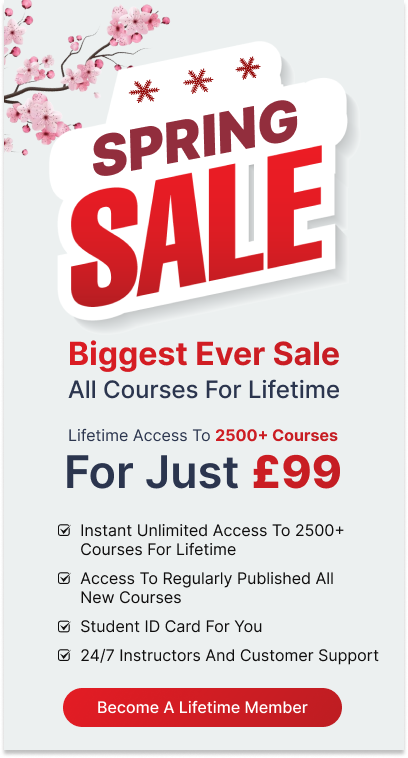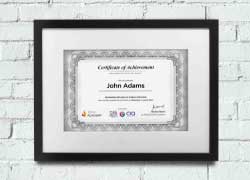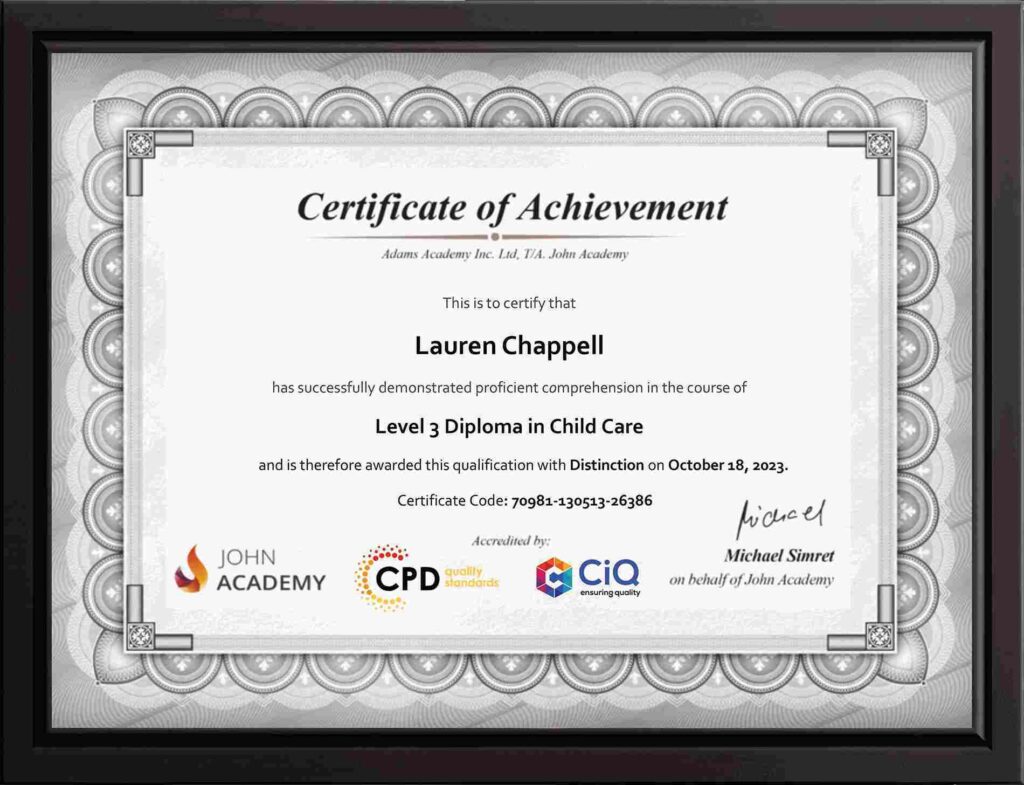
Your resume is the first thing a hiring manager will see during the recruitment phase. It includes all important information regarding your background, qualifications and communicates relevant and important information to the employer.
In order to create a resume that will easily get noticed by employers, it’s important to make it easily noticeable and readable. Did you know that the average employer will receive 250 resumes.
To make your resume stand out, let’s dive deeper into this article to learn more about the tips and tricks to do so.
8 Tips to follow for creating the ideal resume
When creating an ideal resume, your main goal should be to make it stand out from others. We came up with some of the best tips, so if you’re highly concerned about creating one, focus on the following tips we’ve created in this resume guide.
Choose the right format
A format is a style you follow for displaying your information on your resume. Overall, three popular resume formats are commonly used:
1. Chronological
2. Functional
3. Combination
Firstly, the Chronological resume format is excellent if you have a continuously professional work history without any employment gaps. In short, this means that if you switched your job, you did it right away and weren’t on break for a certain period of time.
Secondly, you have the functional resume, which focuses more on the skills section. This is a great format to go with if you’re focusing more on switching industries and have a gap in your work history. For example, if you changed jobs and were unemployed for a few months, this would be considered a work gap.
Lastly, there’s the combination format. This format is best when you have enough professional experience and think that both your work history and skills are important to you.
Divide your resume into headings and subheadings
In other words, use clear headings and a minimum of five clear sections that should present the following:
1. Your contact details
2. Your work summary
3. Key skills
4. Your work experience
5. Your education
For all of these sections, use clear headings and subheadings. This will better organize your information and when you use subheadings, it’s even better for filling in your information. After all, breaking up information is a better way of making it easier for recruiters to scan through your keywords and quickly identify what they’re looking for.
No recruiter wants to go through a resume that is hard to read and has unnecessary information on it. The more simple it is, the higher chances of the resume getting read.
Choose the right font
Using a unique font is another excellent way to make your resume stand out from standard ones like Times New Roman or Arial formats. When it comes to fonts, there’s no right or wrong one. However, if you want to choose your ideal one, here are some guidelines you can follow:
- 1. Make sure your font is legible on print and screen. Seek to keep your font sizes between 11 and 13. Anything smaller than that shouldn’t become legible.
- 2. Be consistent with your font sizes. Make sure all your headers are the same, just like the body text.
- 3. If you want old-school or traditional industry fonts, you can use a Sans Serif font.
You may ask why fonts are important. Well, since your resume is most likely the first encounter your employer will have with you, you want to take advantage of it and make a good first impression.
Some people may be scared to use two different fonts, but it’s never something bad. Each font has a different style and describes the job seeker’s career and personality in many ways.
Keep your resume short
A great rule of writing a good resume is always to keep it short and to get straight to the point. Did you know that 75% of resumes get rejected by the Applicant Tracking System (ATS) before they reach a hiring manager because of the format, content and lack of keywords?
An ideal way to keep your resume up to date is to include your recent and relevant experiences. Even though you might have done a lot in all of your past jobs, it’s unnecessary to include every detail about what you did in each job.
Instead, you should consider including achievements and information that the employer is looking for.
Many resume experts think it’s best to include jobs you did from the past 10 to 15 years. Even though this time period might seem short, it’s best to keep everything simple.
Only include the most important experiences and skills
If you’re applying to be a software developer and include an experience you had at a restaurant being a waiter, this will only take up space on your resume. After you submit your resume, it’s checked by an ATS system, and if your keywords don’t match, it will automatically get rejected.
The ATS scans the resume to see which candidate is the most qualified. The keywords the ATS scans for are the same ones you’ll see on a job poster. If your resume has the same keywords, it’ll do fine during the ATS scan, but if not, it will get rejected.
This is why before you apply to a job, always look for the keywords and make them visible on your resume.
Use bullet points
When writing your resume, you need to break big chunks of text into smaller parts. Instead, you need to use smaller paragraphs, have much more engaging statements, and utilize bullet points whenever possible.
Consider using bullet points in your key skills section to make it easier to scan through content. Additionally, you can use them to outline your responsibilities and achievements in the work section. This breaks up information and lets you be more selective in your facts and figures.
Add visuals to your contact details
If you want to stand out more with recruiters, you need to make it easy for them when they read your information. Make sure your contact section is on the top page. Depending on your industry, it’s also a good idea to include live links to your social media profiles.
When adding your visuals, how can you modify them to look more appealing to recruiters? Here are some of our recommendations:
- Use icons: Icons are excellent ways to make your contact information elegant and effective. It’s also a great way to make your resume stand out from competitors once it passes the ATS.
- Use white spaces: If you want to look more professional, it’s important to use spaces and not try and fit everything into one page.
- Use the right colors: Avoid using dark colors in your resume. Use a background color that is visible enough for information to be read quickly and try to use another font color to make your information stand out.
Visibility is the key here and the fact that our brain processes visuals up to 60,000 times faster than text tells us that it’s even more important to consider adding icons and the right colors.
Don’t forget about proofreading
Whatever step you choose to take further, never forget to proofread your resume. It only takes one error to make your resume look unprofessional, which isn’t something you want to happen.
Try showing your resume to your teachers, friends, professors and even other family members. Getting third-party opinions is a great way to unveil information you might have overlooked.
If your resume is longer than one page, try to find ways how you can shorten it without removing important information.
Don’t let the ATS reject your resume
Modern-day ATS will reject all resumes that don’t have the same keywords as the job poster. However, keep in mind that recruiters don’t have the time to deal with all resumes sent their way.
Some applications might have thousands of resumes sent their way, and it’s time-consuming for recruiters to manually go through all of them. The more there are, the more time-consuming the process will get.
Moreover, longer resumes should be acceptable if you’re a senior with many years of experience. Otherwise, always stick to the rule of simplicity, making your resume short and clear.
Do that, and your resume should easily go through the thousand other resumes in your way.




